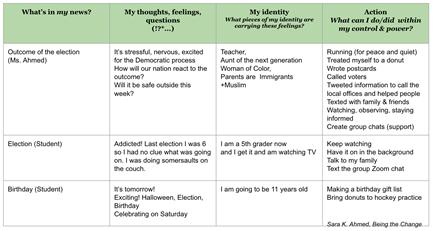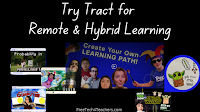Five Fun Science Games for Kids
I’m taking my daughters to a science museum today. Thinking about the museum and the interactive displays that they have got me thinking about some of the science games that I’ve reviewed over the years. I went into my archives and pulled out five fun science games for elementary school students.
Peep and the Big Wide World, produced by WGBH, offers a great collection of online games, videos, and offline activities designed to help students learn and practice skills in math and science. One emphasis of the games that I tried is recognizing patterns. In all there are twenty-one online games available through Peep and the Big Wide World.
Shutterbugs Wiggle and Stomp is an educational game produced by the Smithsonian. The purpose of the game is to help children recognize the movements of animals. In the game children move through a virtual zoo with a zoo keeper. As they go through the virtual zoo the zoo keeper will ask students to take pictures of animals who are demonstrating running, jumping, stomping, and other movements. Shutterbugs Wiggle and Stomp can be played online.
Habitats is a fun little game from the Smithsonian Science Education Center. The online game challenges elementary school to match animals to their habitats. The game shows students images representative of four habitats; desert, coral reef, jungle, and marsh. Students drag pictures of animals from a list to their corresponding habitats. Students receive instant feedback on each move they make in the game. Once an animal has been placed in the correct habitat students can click on it to learn more about it in the Encyclopedia of Life.
Aquation is a free game offered by the the Smithsonian Science Education Center. The game, designed for students in upper elementary school or middle school, teaches students about the distribution of clean water and what can be done to balance global water resources. In the game students select a region to explore its current water supplies. Based on the information provided students take action in the form of building desalination plants, conducting further research, reacting to natural events, and attempting to move water between regions. Aquation can be played in a web browser. It is also available as a free iPad app and as a free Android app.
Feed the Dingo is a fun game that teaches students about the importance of maintaining balanced ecosystems. In the game students have to build and maintain a desert ecosystem. The game begins with a blank slate to which students have to add plants and animals. The game plays out over twelve virtual days. Each day students have to add more elements in order to maintain balance in the ecosystem. At the end of each day students are given feedback as to which plants and animals are healthy, which are in danger, and which have died.




